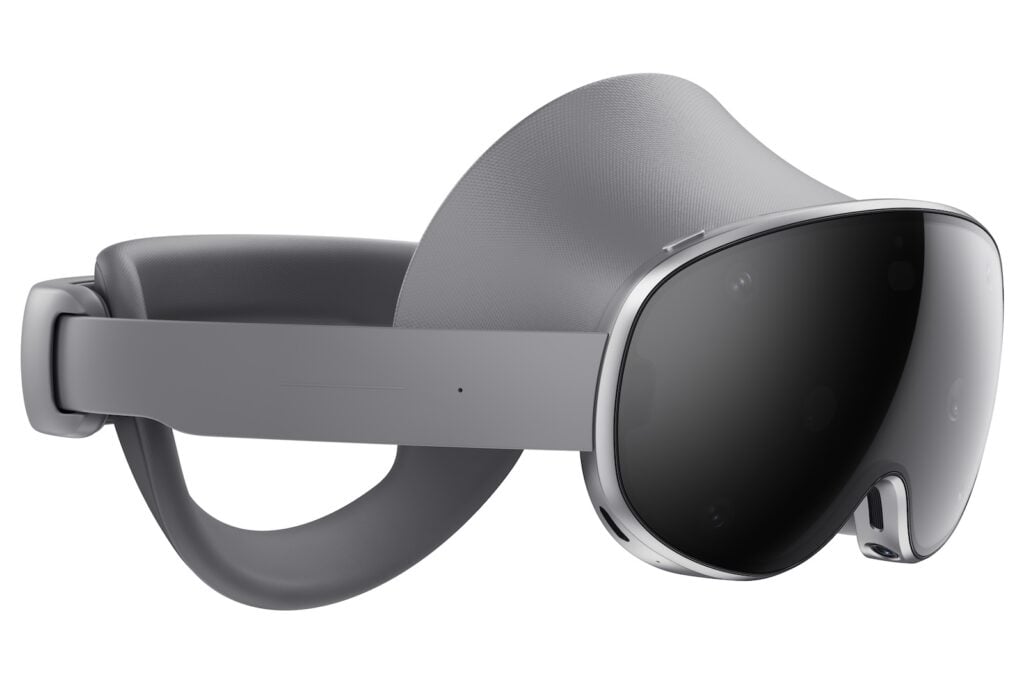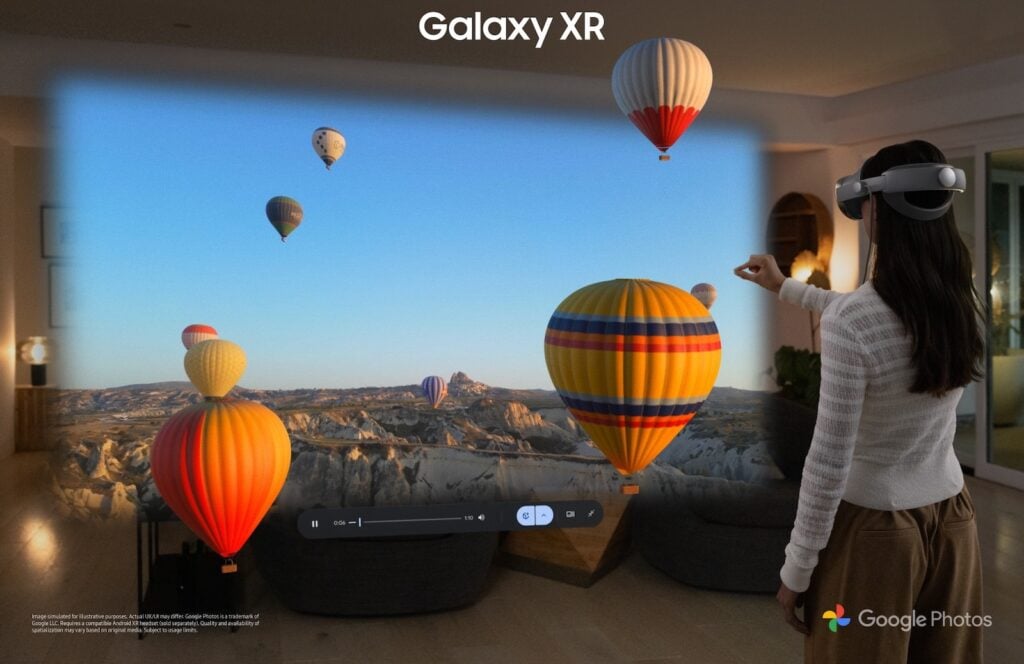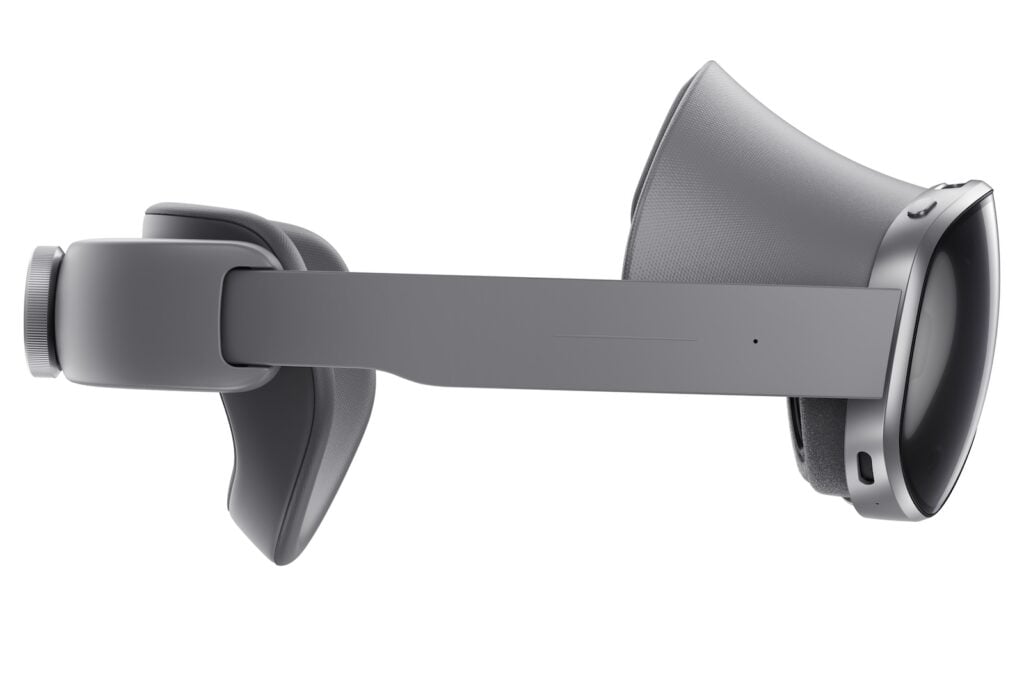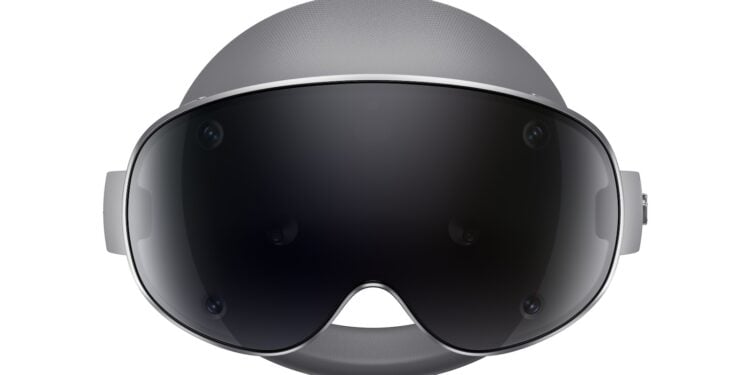With the Galaxy XR, Samsung is launching a mixed reality headset that's seen as a direct response to the Apple Vision Pro. Priced at $1,799.99, the device is significantly cheaper than Apple's $3,499 model, but more expensive than Meta's Quest series. With the Galaxy XR, Samsung aims to offer a headset that combines comfort, performance, and artificial intelligence—while simultaneously demonstrating what mixed reality might look like in the future.
Mixed reality is no longer a futuristic concept, but one of the most exciting areas of technology today. With the Galaxy XR, Samsung is leveraging a new platform that intelligently integrates hardware, software, and AI. The device was developed jointly with Google and Qualcomm and runs on the Android XR platform. The goal is to combine immersive content, productive work, and AI-supported interaction in a single system.
Design and comfort
The Galaxy XR was developed according to a "human-centered design." The frame design distributes pressure evenly across the forehead and back of the head, significantly improving comfort. This ensures the headset remains comfortable even during extended sessions. It weighs 545 grams including the forehead cushion, making it lighter than the Vision Pro, which weighs between 750 and 800 grams depending on the headband. The removable light shield ensures greater immersion in virtual environments, but can be removed if necessary if you want to remain visible to the outside world.

Display and image quality
Samsung has installed 4K Micro-OLED displays in the Galaxy XR with a resolution of 3,552 x 3,840 pixels per eye. This results in a total of 29 million pixels with a pixel pitch of 6.3 micrometers. The field of view is 109 degrees, ensuring a wide, natural view. Color reproduction covers 96 percent of the DCI-P3 color space. The standard refresh rate is 72 Hz, with optional refresh rates of 60 and 90 Hz.

Cameras and sensors
Samsung relies on a comprehensive camera and sensor system for environmental detection and control. Two high-resolution pass-through cameras capture the real world, while six external tracking cameras precisely detect movements and positions. Four eye-tracking cameras enable eye tracking and iris recognition for authentication. An additional 6.5-megapixel camera captures 3D photos and videos. The system is complemented by five inertial measurement units, a depth sensor, and a flicker sensor. Optical inserts for vision correction are available for eyeglass wearers and are available separately.
Performance and hardware
Inside is Qualcomm's Snapdragon XR2+ Gen 2 chip. It's specifically designed for extended reality applications and delivers high processing power while maintaining efficient power consumption. The headset offers 16 GB of RAM and 256 GB of storage. Connectivity is via Wi-Fi 7 and Bluetooth 5.4.

Audio and operation
The Galaxy XR is equipped with two two-way speakers and a six-microphone array, enabling clear voice commands and immersive sound. It can be operated using hand, eye, and voice commands.
Battery life and usage
The headset is powered by an external battery that lasts for about two hours, or up to two and a half hours with video playback. However, the device can continue to be used while charging.
Software and AI functions
The Galaxy XR runs on the Android XR platform, which Samsung developed together with Google and Qualcomm. A key element is the system-level integration of Google's Gemini AI. This is intended to act as a "novel AI companion" that uses cameras and microphones to sense the environment and react in real time. The AI offers several functions:
- In Google Maps, it can be used for navigation and provide personalized suggestions for nearby places.
- On YouTube, Gemini can be asked for videos or additional information using voice commands.
- In passthrough mode, you can search for information about objects in your field of view using a hand gesture, such as drawing a circle.
- 2D photos and videos can be automatically converted into spatial representations.
- Shows can be streamed on a 4K screen that feels like a personal cinema.
- Sports broadcasts can be watched in multiple windows simultaneously.
- In XR games, Gemini provides real-time coaching tips.
Accessories and offers
Samsung is offering complementary accessories, including a Galaxy XR travel case and a Galaxy XR controller, each priced at $250. Early purchasers will receive 12 months of free access to Google AI Pro, YouTube Premium, and Google Play Pass.
Availability and price
The Galaxy XR is now available in the US on the Samsung website and at Samsung Experience Stores. The price is $1,799.99. Additional markets will follow soon.
Future plans
Samsung is already working on other XR products, including smart AI glasses. The company is collaborating with Warby Parker and the South Korean eyewear brand Gentle Monster. These partnerships are intended to enable new form factors and designs that combine everyday usability with cutting-edge technology.
Samsung Galaxy XR: The balance of performance, convenience and AI
The Samsung Galaxy XR combines high processing power, advanced sensor technology, and a sophisticated design into a headset designed to make mixed reality suitable for everyday use. With the integration of Google Gemini, Samsung is taking AI to a new level and paving the way for natural-looking interactions between humans and technology. The headset positions itself between expensive high-end devices like the Vision Pro and the more affordable Meta models – with the aim of setting a new benchmark for XR experiences. (Image: Samsung)
- iPhone 17 Pro turning pink? What's really behind it?
- M5 MacBook Pro Reviews: Apple's professional laptop in a detailed test
- Apple Vision Pro 2025 reviews: More stable, sharper, better
- New AI browser ChatGPT Atlas: More than just a search
- Shrinking Season 3 starts in January 2026 on Apple TV
- WhatsApp warns of fraud: New protection feature active
- M5 iPad Pro reviews: More power, less limit
- Apple takes legal action against the Digital Markets Act
- iPhone 17 booming – Wedbush raises price target for Apple
- Apple lawsuit without resistance: Prosser lets deadline pass
- iOS 26.1 at a glance: What's new in the fourth beta
- iOS 26.1 allows you to disable the camera swipe function
- iOS 26.1 Beta 4 brings new option for less transparency
- iOS 26.1 Beta 4 is here: Apple prepares final touches
- Apple in China: New antitrust complaint puts pressure on
- iPhone 17 hits the market – strong demand in China and the USA
- Apple Vision Pro Dual Knit Band meets with great demand
- iPhone 17 Pro: Does Cosmic Orange really fade to rose gold?
- Apple M5 chip in benchmark: Fast, efficient, future-proof
- M5 MacBook Pro vs. M4 MacBook Pro: differences in the check
- Apple Vision Pro M5 at a glance: technology, design and price
- Apple M5 vs. M4: The most important innovations at a glance
- Apple hints at 120 Hz support for upcoming Studio Display





